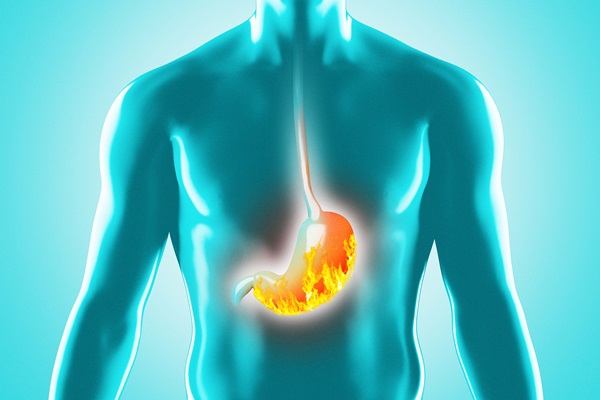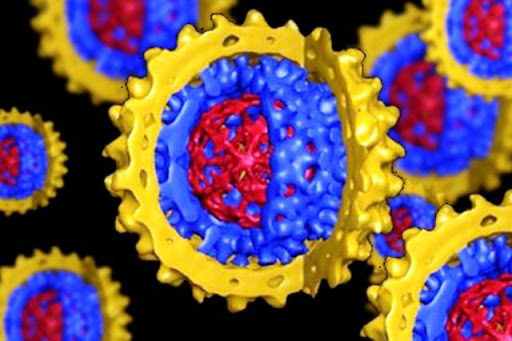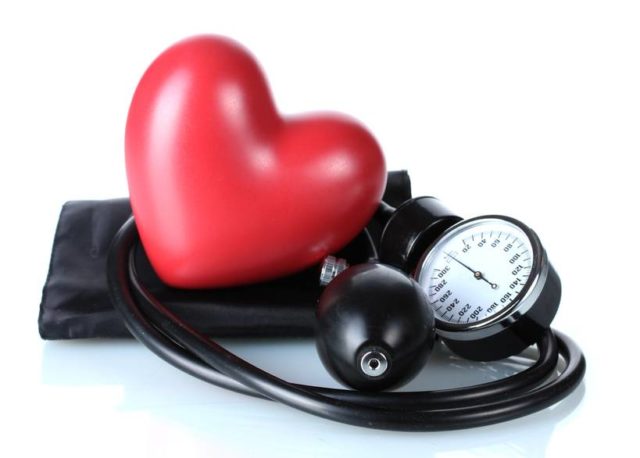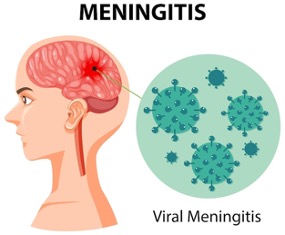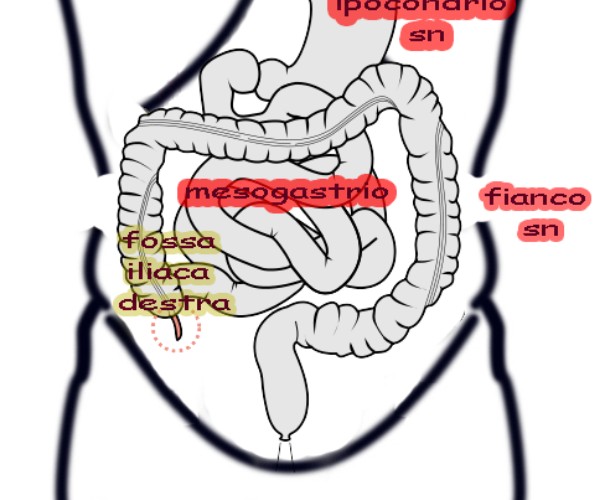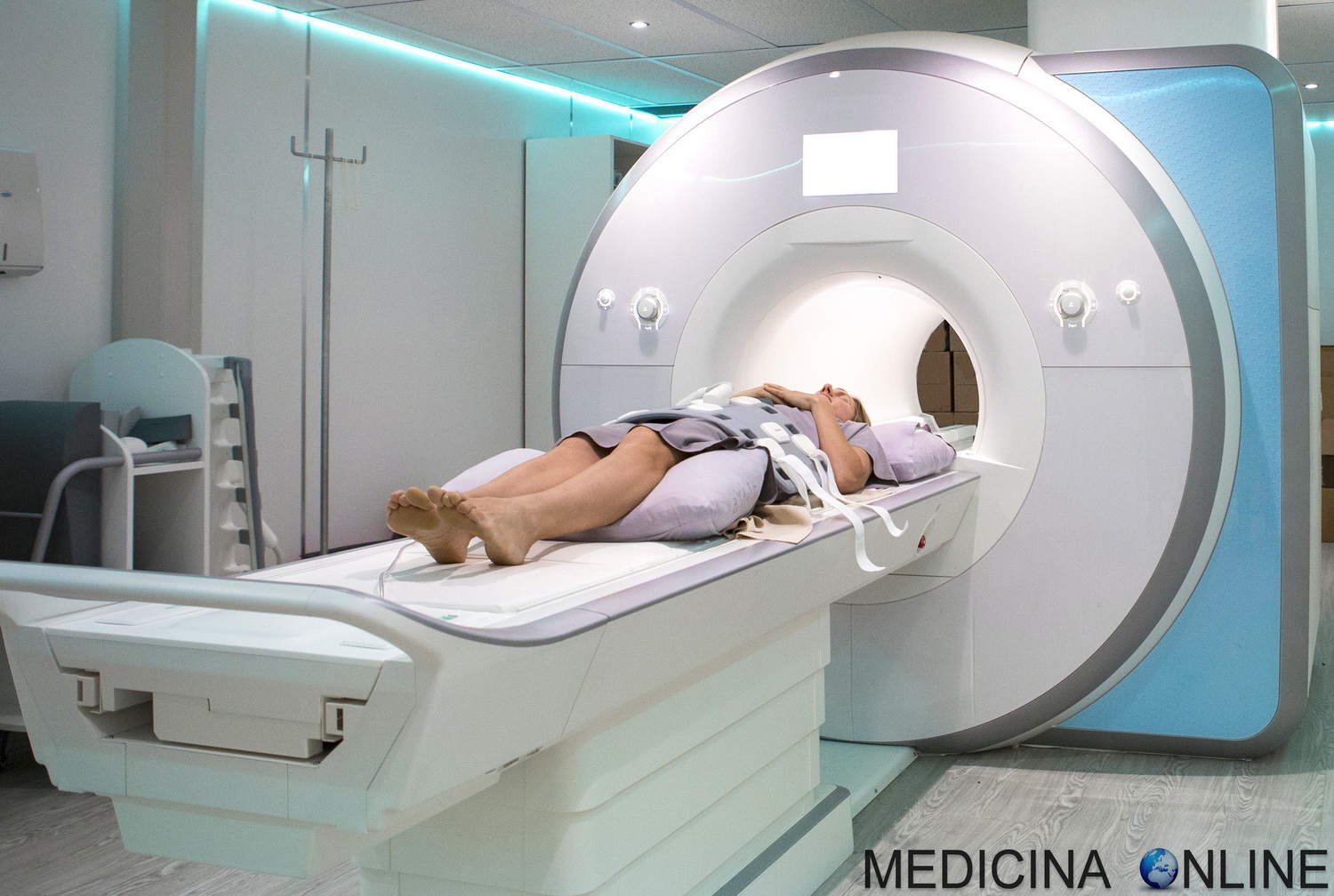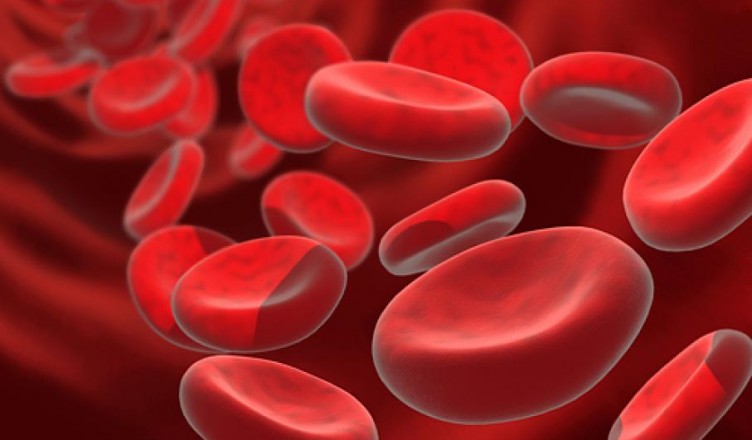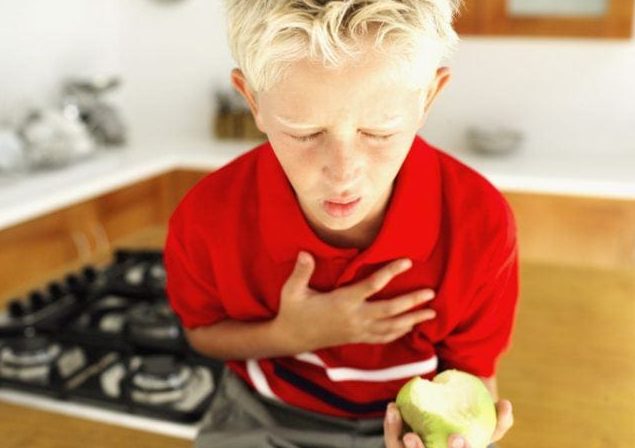First among the various risk factors is the general state of health, which if it is weakened, perhaps by ongoing illness or a fragile immune system exposes the person to attack by infectious agents such as salmonella bacteria or other infectious agents.
Then there are factors regarding proximity to possible sources of transmission of bacteria, such as may be:
- travel to developing countries, where some bacterial infections, including salmonellosis and typhoid fever, are also widespread in the food chain.
- Having a pigeon, ferret, rabbit or even a tortoise in the animal house significantly exposes you to salmonella bacteria and even other forms of infection.
- Having prior illnesses such as inflammatory bowel disease (e.g., Chron’s disease), which cause a weakening of the intestinal walls that allow easier rooting of infectious agents.
- Take medications such as stomach antacids that, by lowering the acidity of gastric secretion, expose the digestive tract more to the onslaught of bacteria.
- Taking antibiotics for a medical problem that is still ongoing, which while effective in suppressing infectious agents, because they are not selective, also eliminate good bacteria, those useful to the gut precisely for fighting infection.
- A weakened immune system due to the presence of diseases or taking medications, factors that favor the possibility of contracting salmonellosis, such as: for example, sickle cell anemia, orHIV.
- Or drugs such as those to be taken following organ transplants, or even drugs used for osteo-articular problems such as corticosteroids for infiltration.
Complications
Normally, salmonella infection does not pose a life-threatening risk for healthy adults, but it can pose a life-threatening risk for those categories of patients such as infants or young children, elderly or transplant patients, pregnant women, or in patients undergoing surgery.
Dehydration
Complications and disorders such as:
- Reduced urinary urination;
- dry mouth and jaws;
- are important signs, not to be underestimated, of ongoing dehydration due to fluid loss from diarrhea and vomiting.
Bacteremia
A serious danger is the risk of salmonella bacteria reaching the bloodstream and reaching tissues and organs, causing dangerous diseases such as:
- endocarditis;
- meningitis;
- osteomyelitis;
- arthritis;
Prevention
Wide-ranging preventive action is managed at the level of bodies in charge of controlling the food chain, from production to processing and distribution in commercial circuits, with the application of hygiene standards aimed at preventing salmonella infections for particularly contaminable foods such as meat, poultry, vegetables and other fresh foods.
More specific prevention can be done by people with some important daily practice precautions such as:
- After using the bathroom;
- After caring for or playing with a pet;
- After replacing a diaper;
- After handling raw meat for cooking;
- Wash hands thoroughly and disinfect them before touching food or bringing hands to mouth;
- Thoroughly wash dishes and knives used for kitchen processing of meat, eggs, poultry;
- Avoid eating raw foods such as eggs, meat or seafood, but cook them at the right temperature to eradicate any contamination.





